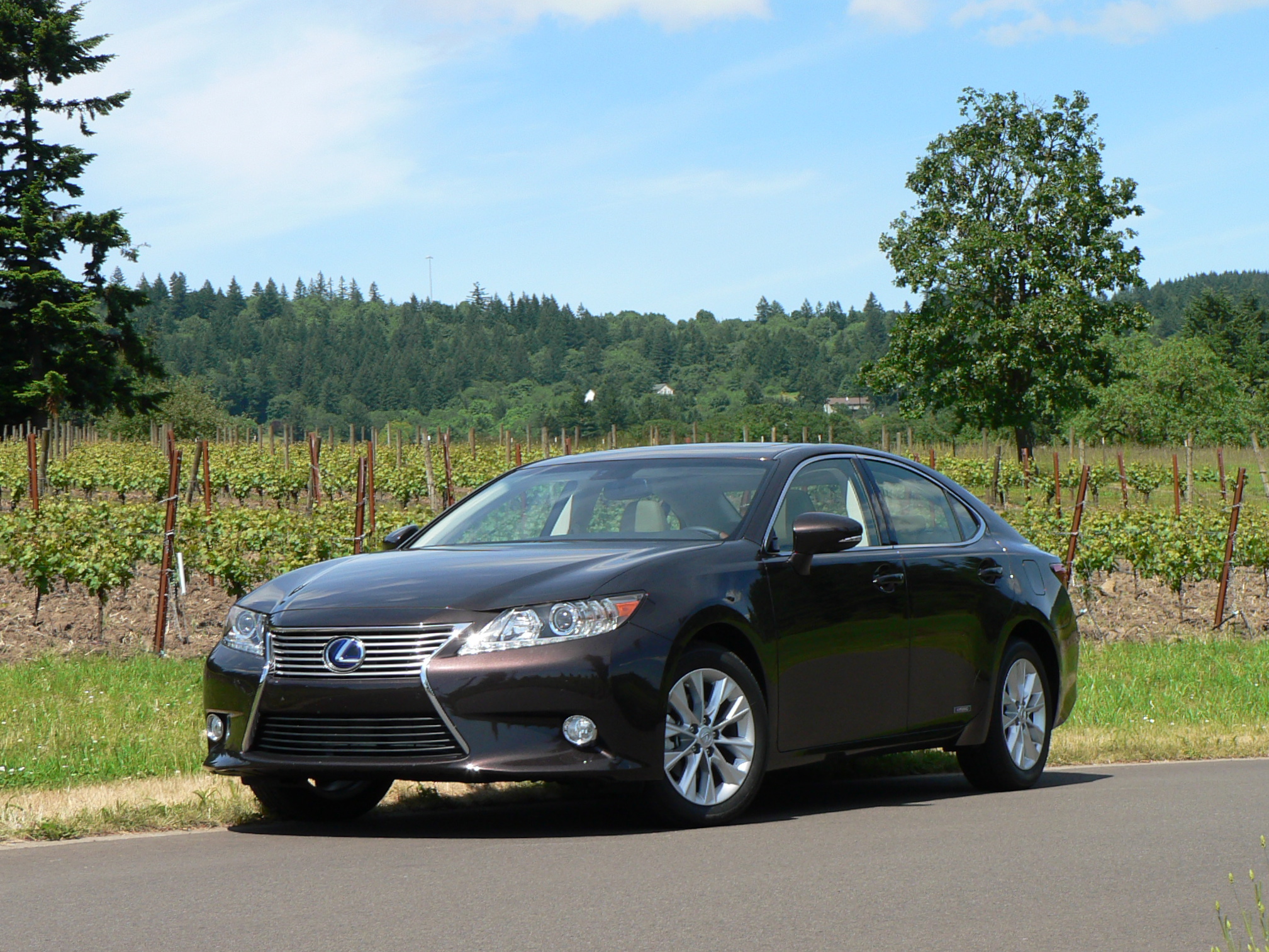 By John LeBlanc
By John LeBlanc
NEWBERG, Oregon – Stop me if you’ve heard this story before: A once dominant Japanese luxury brand falls on hard times. Primarily due to decidedly conservative product development and a loyal-but-aging customer base. Said brand retrenches. Then comes back with a new, more aggressive design language (illustrated via a halo concept car), and a promise that its reliable-but-boring-to-drive production cars will offer more athletic driving characteristics, mainly to attract younger buyers leaning towards rival German luxury automakers.
If this tale reminds you of Honda’s recent efforts with its Acura brand, led by its reborn NSX super car and a phalanx of new and refreshed products, you would be half correct. But Japan’s other struggling luxury brand, Toyota’s Lexus, is also going through a make-or-brake brand metamorphosis.
Toyota Motor Corporation’s president and CEO, Akio Toyoda, is a Baby Boomer-era driving enthusiast, seen donning Nomex and racing around Germany’s Nüburgring. He’s also the primary force behind the Scion FR-S entry-level sports car. Toyoda thinks Lexus vehicles can not only be models of reliability and durability, but also more engaging to drive, rivaling or beating the best sports luxury vehicles from Germany’s Audi, BMW, and Mercedes-Benz.
The Lexus LF-A super car, LF-LC coupe concept, and this year’s 2013 GS mid-size sports sedan are low-risk, low-volume testaments to that commitment. But what about a higher-volume car like the new 2013 ES mid-size sedan, an original Lexus that has defined the brand for over two decades? Can the well-established ES make the transition from where Lexus was to where it wants to be?
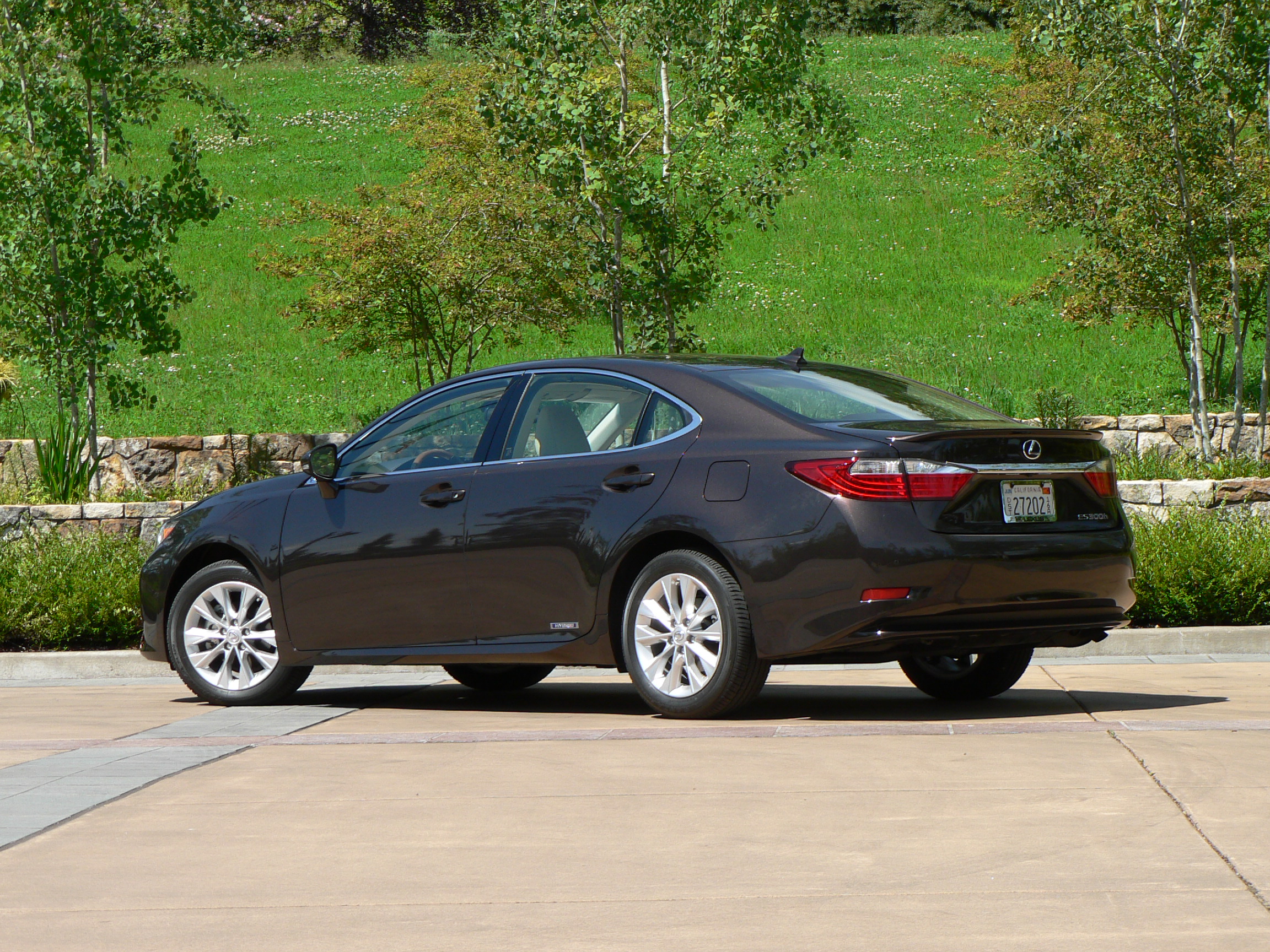
Going on sale this August, the new, sixth-generation, front-wheel-drive 2013 ES four-door sedan gets the brand’s newly aggressive styling motif, more room inside, and a gasoline-electric hybrid model. Beyond these details, Lexus has done more than ever to distinguish the luxury ES from the mainstream Toyota Camry it’s traditionally been based upon.
In addition to its decidedly different looks, the new Lexus rides on a longer wheelbase than the Toyota sedan, essentially a lengthened chassis the next Toyota Avalon will use as well. Not only has the ES’s extra length allowed Lexus designers to create a car that has a lot more visual presence compared to the more pedestrian Toyota four-door, it frees up much-needed rear leg- and knee-room too. Plus trunk space in the ES 350 goes up from 416 to 430 litres in volume, while the battery pack in the ES 300h hybrid reduces that space to 342 L.
The 2013 ES interior also looks sleeker. Gone is the vertically themed centre console, replaced by a sweeping, horizontally layered look with a large colour display in the top centre position. The second-generation of the Lexus Remote Touch Interface central controller sits on the gearshift console, and there’s a choice of three different two-tone interior treatments.
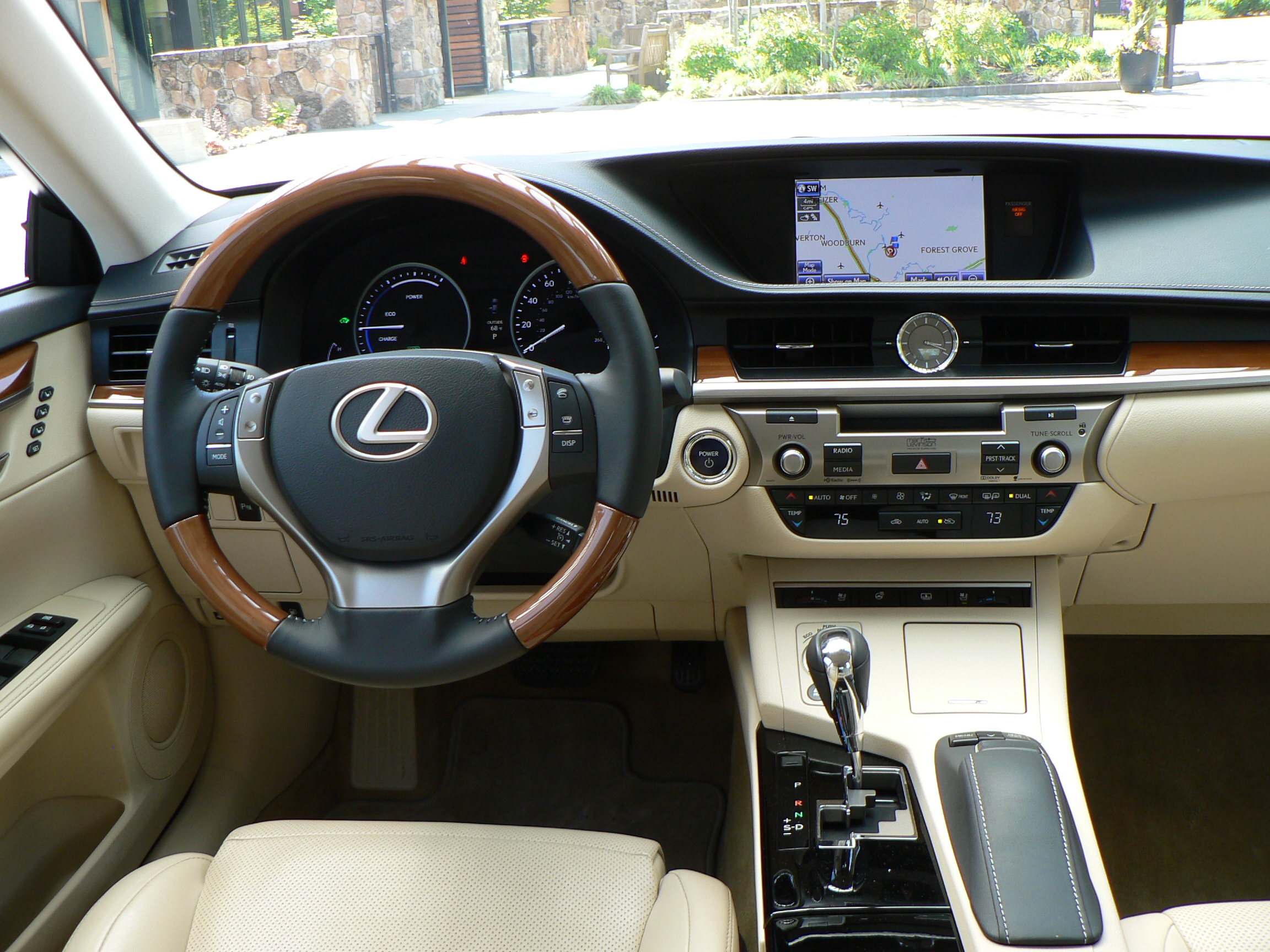
As in past ES models, standard kit is generous. New interior ambient lighting, leather throughout, the Lexus Drive Mode Select (with Eco, Normal, and Sport modes), and a premium audio system with the requisite audio connections and satellite radio is standard. ES “firsts” are an available heated steering wheel, and a powered rear trunk. While the 2013 model is the first Lexus to receive the brand’s new Rear Cross Traffic Alert system that warns the driver of any vehicles passing by when backing out of a parking spot.
Pricing for the 2013 ES will be announced closer to its on-sale date. I’m estimating the base ES 350 won’t stray too much from last year’s just-over $42,000 starting price, and the new ES 350h hybrid may command a $4k premium. Both models will be available with a phalanx of optional packages that add a plethora of optional luxury and safety features.
After a day split driving the gasoline engine 2013 ES 350 and the new ES 300h hybrid, it’s obvious Lexus is hedging its bets by offering one ES for existing Lexus customers and another for non-Lexus buyers who’ve been shopping at Teutonic brand showrooms.
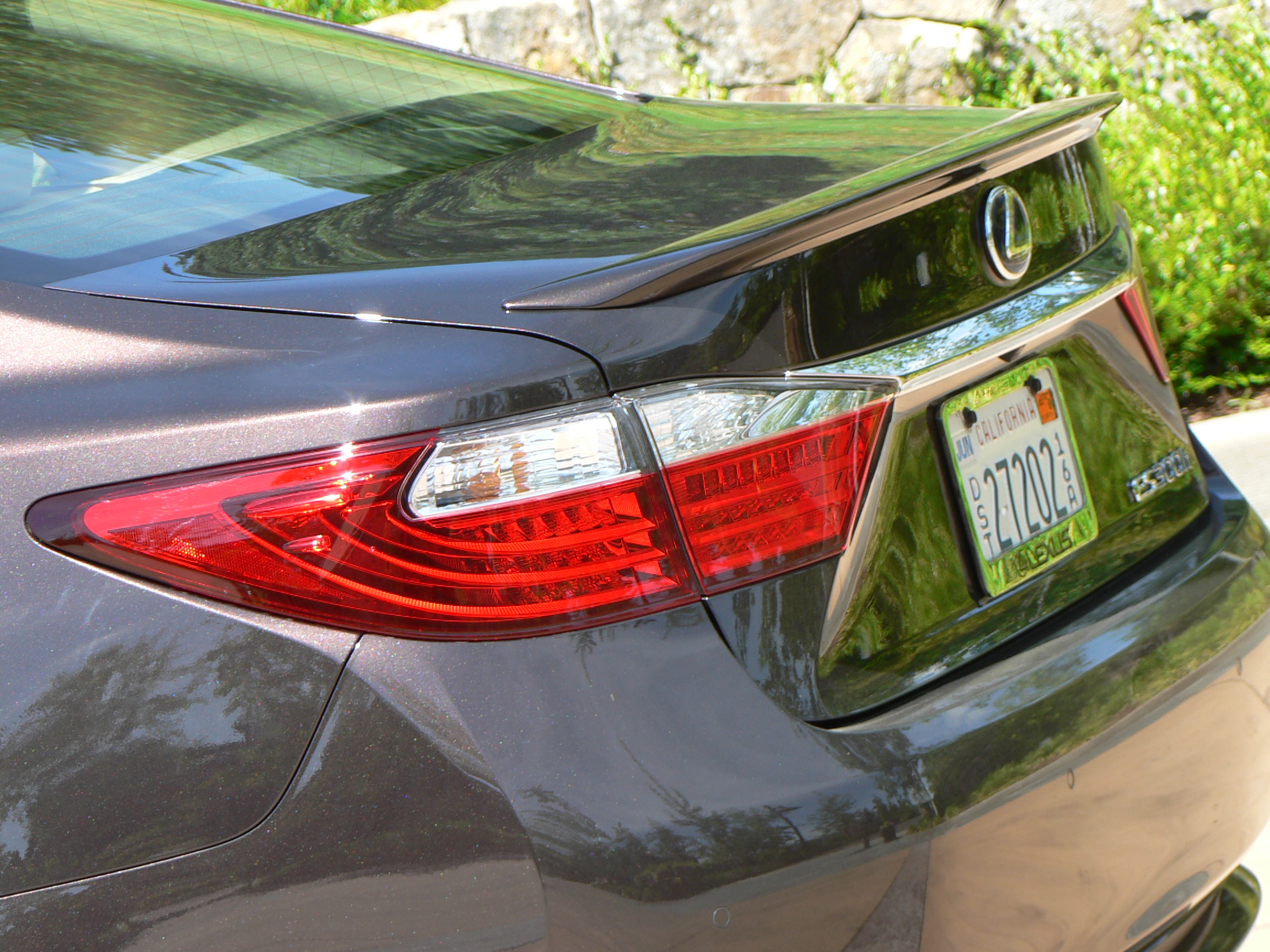
Making good on Akio Toyoda’s promise of making more fun-to-drive cars, the new ES 350 is where Lexus wants to be: a serious rival to comparably priced rivals from the Fatherland. While V6 rivals offer more juice, the ES 350 uses a carryover 3.5-litre vee-six making 268 horsepower and 248 pound-feet of torque. Beyond the smooth engine, Lexus has altered every aspect of the ES 350’s driving characteristics in favour of those who like to drive. The ES’s structure is stiffer, it has a quicker steering ratio, and new springs improve straight-line stability. Plus Lexus says it’s shaved almost 40 kilograms from the last model’s 1,635 kg curb weight,
It only takes a few kilometres behind the ES 350’s thickly padded leather-wrapped steering to feel the added “sport” in the sedan’s “luxury sport” equation. Like systems found in rivals, the Drive Mode Select adjusts how the steering, throttle, and carryover six-speed automatic transmission respond to driver inputs. But even in its tamest “Eco” mode, the 2013 ES is much more engaging than the sensory deprivation chamber the last model was.
Where steering feel was virtually nonexistent in the past, there’s now proper feedback with much more information being transmitted from the road surface. And whereas unrelenting understeer had the driver backing off when entering any corner in the 2012 ES 350, the 2013’s suspension changes gives it a planted, balanced feel, with the backend obediently following the front.
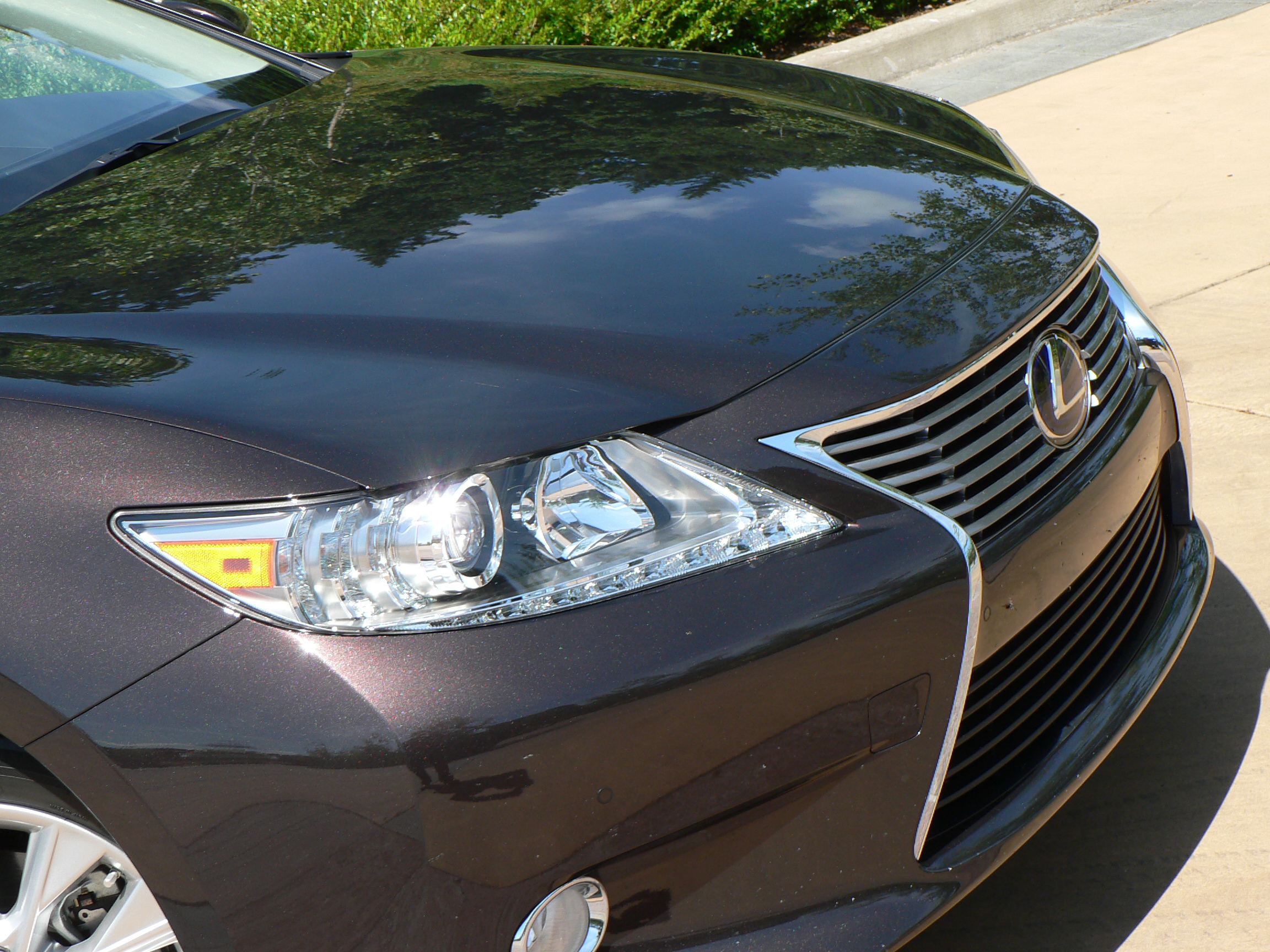
Unlike some of Lexus’ newer products like the CT 200h compact hatchback, the ES has a well-established clientele, a group of loyal customers that enjoy the previous car’s sensory deprivation chamber-like driving experience. If that’s you, let me direct you to the new ES 300h. It replaces the slow-selling HS 250h in the Lexus lineup. But the hybrid sedan also does double duty for customers who had no problem with the refined, if overly subdued, driving aspects of the last-gen ES.
Essentially using the same 2.5-litre four-cylinder gas engine and electric motor system from the Toyota Camry Hybrid, the ES 300h should score similarly excellent 4.7 L/100 km in the city and 5.1 on the highway fuel economy ratings (Transport Canada ratings for the 2013 ES range have not been released).
Although it benefits from all the engineering changes of the gas ES 350, its reactions are never as firm or responsive as the ES 350—especially when Drive Mode Select’s Eco (for economy) mode is chosen. And with 68 less horsepower than the V6 version, the ES 300h will never overwhelm its driver with gobs of power (Toyota does not publish a net hybrid torque figure, but it does say the electric motor alone spins out 199 pounds-feet.)
Although its ride is much firmer than the older ES, new rear-suspension geometry and shock tuning deliver the type of comfortable ride you would expect in a Lexus, without the sharp pavement jolts some German sedans can create. As well, new sound-absorbing materials, a tuned intake manifold, and fluid-filled engine mounts mean the new ES retains a quiet demeanour. Although the tires on our pre-production cars emitted quite a bit of noise from Oregon’s gritty pavement.
On its own, the new 2013 ES won’t topple the segment-leading BMW 3 Series on the sales charts. Lexus Canada is hoping to increase annual ES sales 50 per cent, to around 3,000 cars—a far cry from the over-11,000 3 Series BMW sold last year. And long term, it sees its rear- and all-wheel-drive IS family as more of a true 3 Series rival.
But between the addition of the ES 300h hybrid, and a much more engaging ES 350 gas model, Lexus has broadened the 2013 ES sedan’s appeal to buyers who aren’t on the cusp of retirement—a bold move that points the direction of where Lexus wants to be, not where’s it’s recently been.
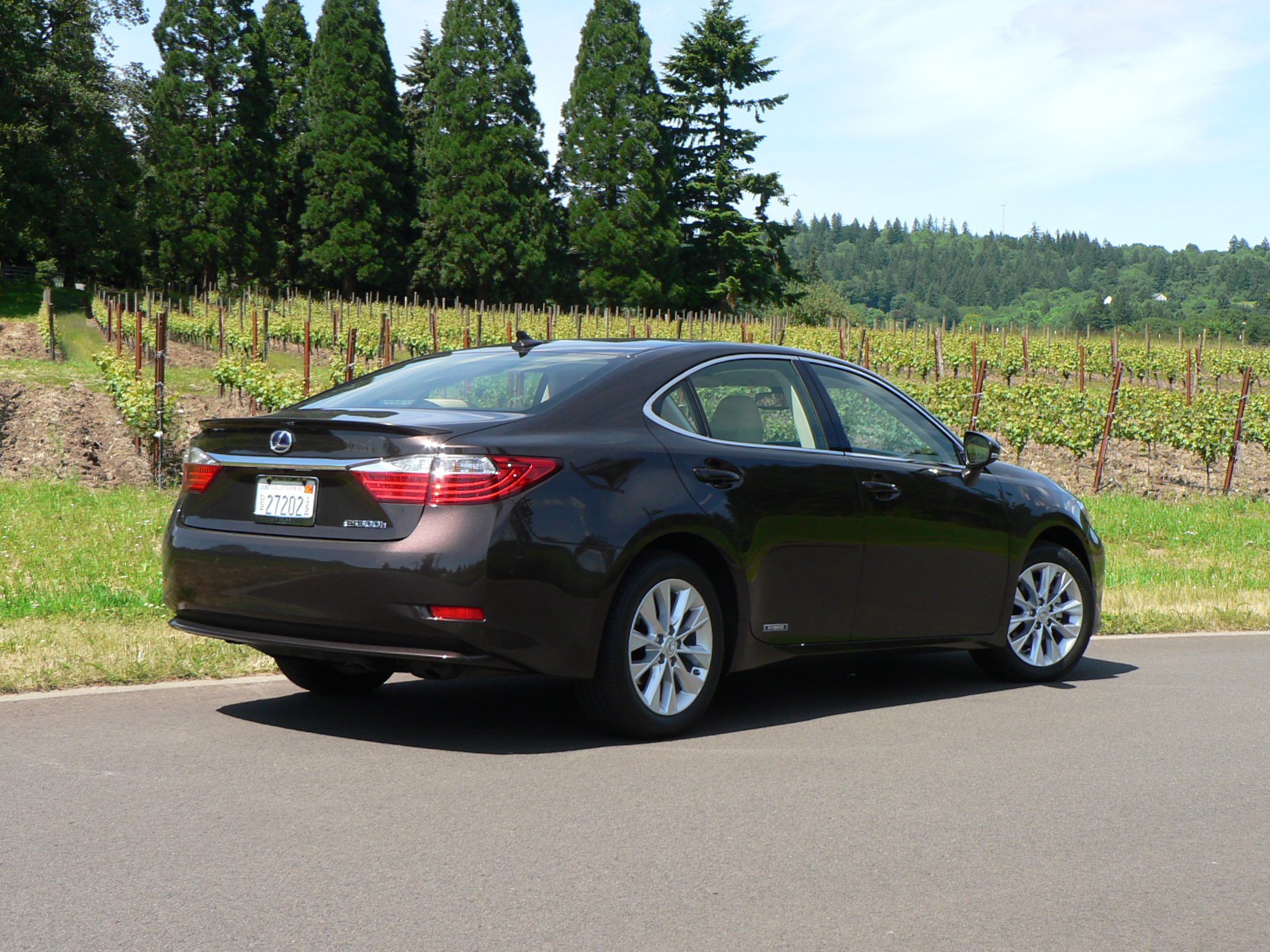 First Drive: 2013 Lexus ES 350/ES 300h
WHAT I LIKED:
First Drive: 2013 Lexus ES 350/ES 300h
WHAT I LIKED: Newfound handling doesn’t upset traditional ES driving refinement; new hybrid model offers excellent fuel economy; roomier interior
WHAT I DIDN'T: Carryover V6 outgunned by rivals; will new, aggressive styling put off loyal ES buyers?; no all-wheel-drive available.
Est. Base prices: $42,000/$46,000
Type of vehicle: FWD, five-passenger mid-size sedan
Engines: 3.5L V6/2.5L I4 and electric motor
Horsepower: 268/200
Torque lb-ft.: 248/199
Est. Fuel Economy L/100 km: 10.9/4.7 city; 7.9/5.1 highway
Transmissions: Six-speed automatic/Continuously variable transmission
Competition: Acura TSX, Audi A4, BMW 3 Series, Buick LaCrosse, Cadillac ATS, Chrysler 200, Hyundai Genesis, Infiniti G, Lincoln MKZ, Mercedes-Benz C-Class, Volvo S60
Comments
June 8th, 2012 @ 12:09 pm
[…] addition to its new, 2013 GS mid-size sports sedan, and the also-new 2013 ES luxury sedan I just drove for the first time this past week, Lexus is looking to reinvigorate its […]